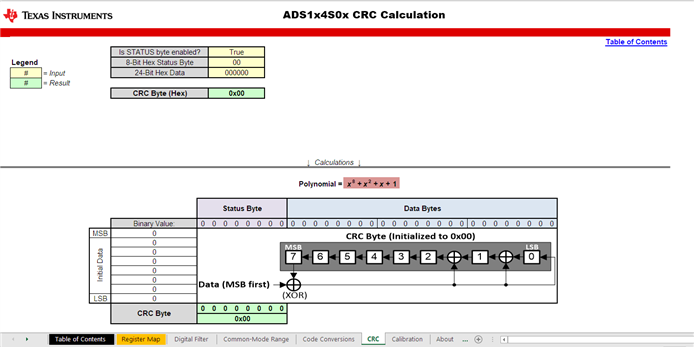Another ADS124S08 Question
About parameter "tsu(STDR)" from the Datasheet. If this parameter is violated, what will be xDRDY operation?
(Start = H just before xDRDY = L)
If Start = H just after xDRDY = L, what will happen...?
*I think Figure 4 at tsu(STDR) point from the Datasheet might help with this question.
START/SYNC going High again just before xDRDY goes Low. What would happen...?
And what would happen if START/SYNC was HIGH when xDRDY goes low?


